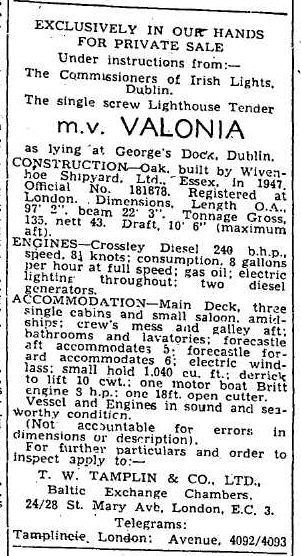This is Ross Coastguard Station situated on a wonderfully elevated site overlooking the approaches to Killala in north Mayo. The photograph comes from the Wynne collection in the NLI, who estimate the date as around 1880. Wynne himself died in 1893.
The station was built in 1864 but seems to have replaced an older station a short distance away. With many islands at the entrance to Killala, it was an ideal spot for the coastguards to set up shop and keep an eye on the local trade.
Killala Bay with the CGS roughly in the middle
1st edition OS map, showing the original angular coastguard station on the western side of the peninsula. When the new station was built in 1864, it moved to the eastern side of the peninsula and was a lot rectangularer, which is my first ever use of that rather unpronounceable word.
The station was either designed by, or the design was approved by, a guy called Enoch Trevor Owen, Assistant Architect to the Board of Public Works. The plans below are on the National Inventory of Architectural Heritage site.
If anyone has read this far, they might idly be wondering why I am digressing into the area of coastguard stations. Or maybe they are wondering what they are having for dinner.
Well, apparently, a small fixed red light was exhibited from the window of the watchtower. The northern end of the sector, says the British Pilot; Sailing Directions for Ireland 1917, "leads about four hundred yards southeastwards of the perch on St. Patrick's Rocks and the southern limit leads a little southward of Killala Bar Buoy."
It seems that the light was established in 1878 and the "character and type of illuminating apparatus" is given as "C..........." whatever that means.
The year of the demise of the coastguard station is unknown but it was probably around the time of the War of Independence. Coastguards at isolated stations were generally seen as working for the British Empire and were thus extremely vulnerable to guerilla attacks. Many stations got burnt down at this time and there may have been a residual element of local resentment at the coastguards' interference in 'a bit of harmless smuggling' in their being a target.
Ross Coastguard Station is probably not a lighthouse in so far as the building was not purpose-built, but rather simply had a light incorporated into an existing building. But I am assuming somebody had to 'keep' the light shining between 1878 and 1920. So, a list of potential keepers on the 1901 Census, includes
William R. Walker, 45 - Chief Boatman
George Campbell, 32
Thomas Horrabin, 36
Philip Kent, 35
William Gray, 37
Frank Bird, 43 - Commissioned Boatman
In 1911 the census shows
William Saunders, 39
John Jones, 40
Charles Fassam, 35
John Bullen, 45
Benjamin Perry, 38
George Brint, 44
All the above were married men with families and were born in England. I heard it tell that Irish coastguards were generally stationed in England and vice-versa, ostensibly to lessen the chance of collusion with smugglers.





.jpeg)






.jpg)


































